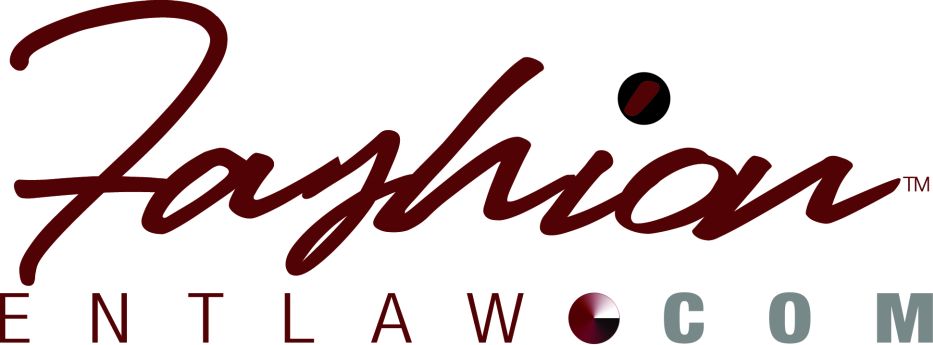 Advocacy is something I love to do whether in or out of court so long as it is aligned with my belief system and makes sense. The Arts-in-Corrections facility is one that fits for me. As an attorney who handles criminal as well as entertainment matters, I know the immense impact the arts can have especially on at risks youth populations. That is why On February 8th, 2011, I will join a group of lawyers, artists, musicians and other stakeholders in the arts world in advocating for an allocation of $3.95million for Arts-in-Corrections in California. Our advocacy will be before the Senate Budget Committee on Public Safety in Sacramento. My colleague Alma Robinson who is also Executive Director for California Lawyers for the Art has written the letter below that explains what the fuss is all about.
Advocacy is something I love to do whether in or out of court so long as it is aligned with my belief system and makes sense. The Arts-in-Corrections facility is one that fits for me. As an attorney who handles criminal as well as entertainment matters, I know the immense impact the arts can have especially on at risks youth populations. That is why On February 8th, 2011, I will join a group of lawyers, artists, musicians and other stakeholders in the arts world in advocating for an allocation of $3.95million for Arts-in-Corrections in California. Our advocacy will be before the Senate Budget Committee on Public Safety in Sacramento. My colleague Alma Robinson who is also Executive Director for California Lawyers for the Art has written the letter below that explains what the fuss is all about.
_________________________
Restoration and Renewal:
Requesting Funds for Arts-in-Corrections in California
February 2, 2011
We are requesting an allocation of $3.95 million for Arts-in-Corrections and artist residency programs to serve incarcerated prisoners, parolees and at-risk populations in our communities. This amount is just 1% of the $395 million that the Governor has proposed as an augmentation to the Department of Corrections and Rehabilitation budget for security. This modest investment in rehabilitation and delinquency prevention will pay for itself by improving security inside these facilities while increasing public safety outside–in our communities.
The California Arts Council (CAC) eliminated its national model Artist in Residence Program (AIR) in 2003-04 when the agency’s general fund allocation was reduced by 94% (from $18 million to $1 million). This significant program—the agency’s oldest—placed artists in schools, nonprofit organizations, units of government, senior centers, hospitals, Boys & Girls Clubs, correctional centers and tribal governments. In addition, the agency maintained interagency agreements with the CDCR and the California Youth Authority (CYA) that funded administrative positions to support Artist Facilitators across the system; those agreements ceased with the funding reduction. Though the CDCR continued to support a limited number of Artist Facilitators, funding for these positions was recently eliminated as well.
Lack of rehabilitation programs in the state of California has resulted in the country’s highest recidivism rate, estimated at 70% within three years of release.
A cost/benefit analysis by Lawrence G. Brewster, Political Science Professor at San Jose State University, for the William James Association and the Department of Corrections, concluded in 1983 that arts in corrections programs provide economic benefits for the Corrections Department, such as reduced costs of disciplinary administration, as well as better parole outcomes for ex-offenders. Because inmates who have been engaged in arts programs are less likely to return to prison, this program will pay for itself and even reduce overall costs of corrections going forward. An abstract of this study is attached. The full report is available at http://www.williamjamesassociation.org/reports/Brewster_report_full.pdf
Artists of all disciplines, including performers, writers, media and visual artists as well as artists working in the environmental realm, can serve as creative mentors and teachers for those persons who are able to turn their lives around but currently lack the tools to do so. Through the arts, inmates learn how to work, building their self-esteem and dignity, essential qualities for a successful life after incarceration.
Fortunately, many of the professionals who administered these programs are still in place at the California Arts Council and in service organizations, such as the William James Association. We have an opportunity at this time to make a real difference for California in restoring arts-in-corrections programs and reducing the costs of disciplinary administration and recidivism. For more information, please contact:
Alma Robinson, Executive Director
[email protected]
Photocredit: Williams James Association/Community Youth Arts project

FASHIONENTLAW blog, authored by Ms. Uduak, was first established in 2010. It is now incorporated, in 2021, as part of the FASHIONENTLAW LAW FIRM blog. The blog is for informational purposes only and provides legal commentary and analysis on the intersection of mainstream America pop culture and the law. It also provides updates on Ms. Uduak’s speaking engagements and press activities. For inquiries on topics covered on this site, please get in touch with our firm. If you seek legal representation for your specific legal needs, please schedule a consultation.
📞Call 916-857-9970 or
🌐Email ([email protected])
💻 Schedule a consultation directly on this site.
